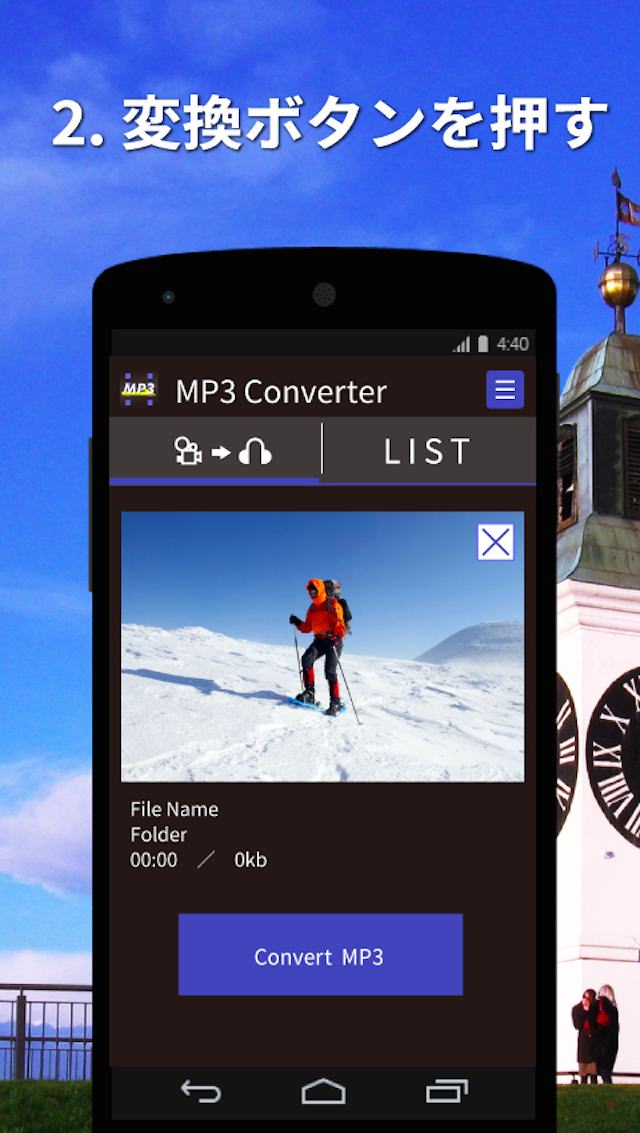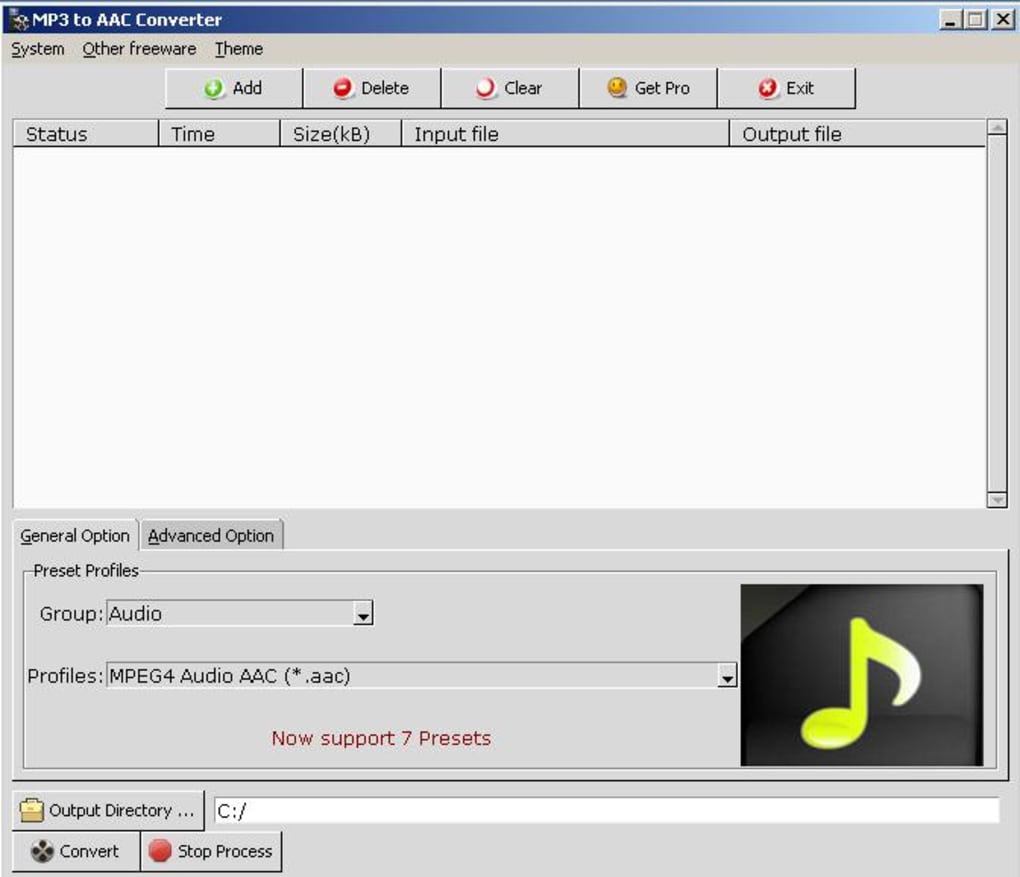

Before we look at using FFmpeg, first we need to take a quick look at what a media file exactly is. In this article, we are interested in using it to convert files, so we won't be taking a deep dive into its entire feature set.

It can be downloaded from the FFmpeg website or through most package managers.įFmpeg is a powerful tool that can do almost anything you can imagine with multimedia files. It's available on many different operating systems and is included in some operating systems by default. In this article I'll be using FFmpeg through the command-line tool ffmpeg, which is only a single, small piece of the FFmpeg project. Despite its name, it has nothing to do with the Moving Picture Experts Group or the myriad multimedia formats it has created. It's often used behind the scenes in many other media-related projects. Enter FFmpeg.įFmpeg is a collection of different projects for handling multimedia files. Tools like Audacity or Handbrake are fantastic, but sometimes you just want to change a file from one format into another quickly. There are many open source tools out there for editing, tweaking, and converting multimedia into exactly what you need. VLC media player, MPlayer, Winamp, foobar2000. For example, an MP3 file created using the setting of 128 kbit/s will result in a file about 1/11 the size of the CD file created from the original audio source. Lossy compression is designed to reduce significantly the amount of data required to represent the audio recording and still sound like a faithful reproduction of the original uncompressed audio. It is a common audio format for consumer audio streaming or storage and a de facto standard of digital audio compression for the transfer and playback of music on most digital audio players.

MPEG-1 or MPEG-2 Audio Layer III, more commonly referred to as MP3, is an audio coding format for digital audio that uses lossy data compression.


 0 kommentar(er)
0 kommentar(er)
